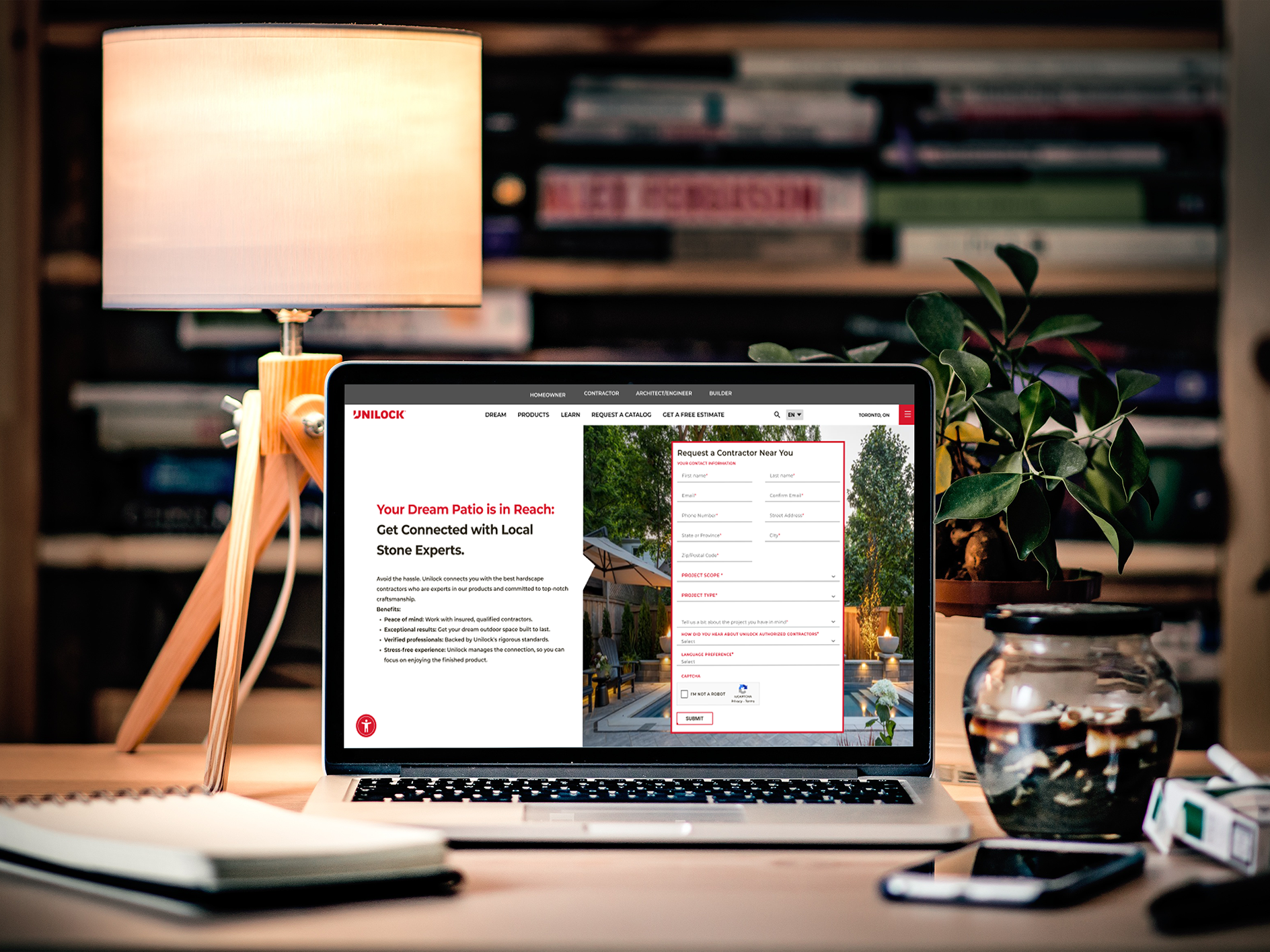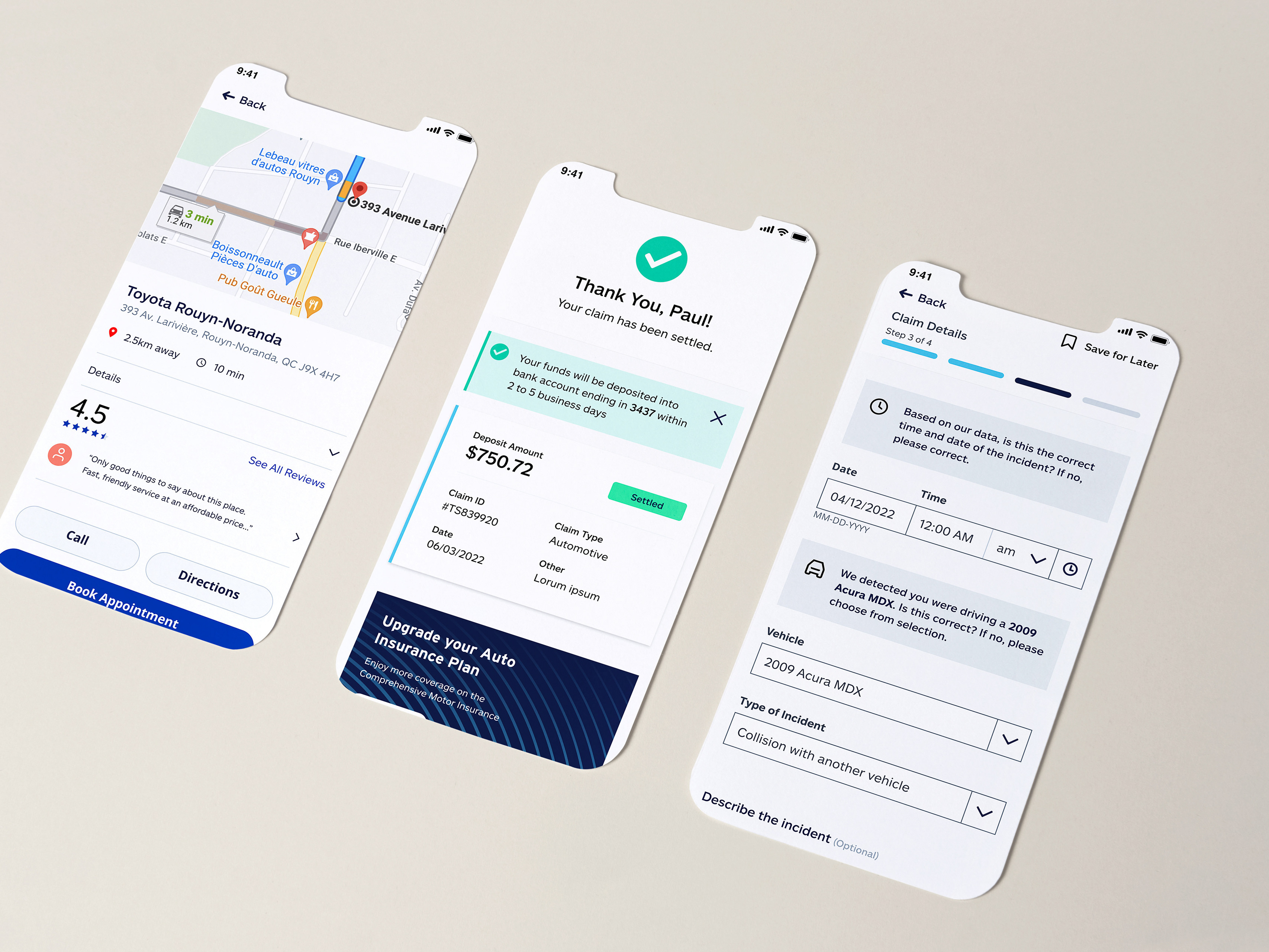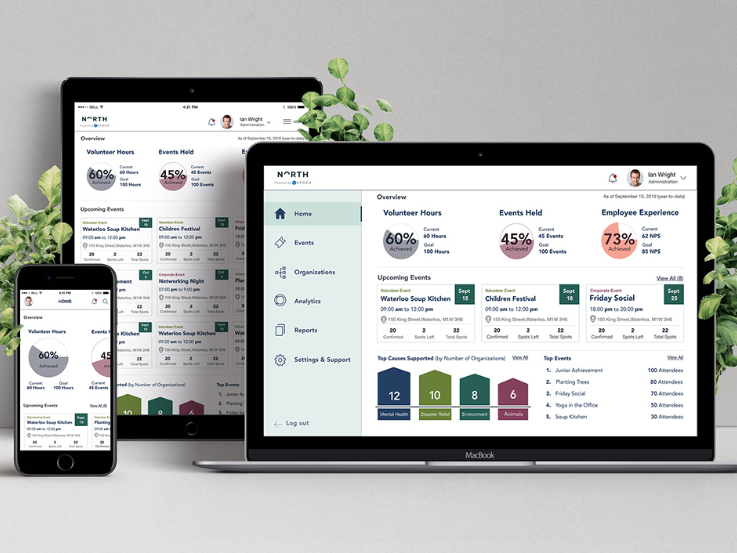Enhancing Fiscal Transparency with Blockchain in Guinea-Bissau
Designing transparency into public finance for fragile states.
Project Collaboration
As Lead UX/UI Designer, I led the end-to-end design of a blockchain-based wage bill management platform for the Government of Guinea-Bissau, in partnership with the International Monetary Fund (IMF) and EY. I defined the UX strategy, aligned cross-functional teams, and translated complex financial processes into secure, accessible, and intuitive interfaces.
A central figure in this initiative was Concha Verdugo-Yepes, Senior Economist in the IMF African Department and project lead, whose guidance was instrumental in aligning the platform with public finance reform goals across Ministries. Together with the Prime Minister, Minister of Finance, and the IMF’s technical teams, we worked to create a solution that addressed wage bill inefficiencies, fraud risks, and data fragmentation.
This project allowed me to apply Human-Centered Design in a high-stakes environment—prioritizing transparency, accessibility, and ethical data handling to build trust and drive systemic change.
• Concha Verdugo-Yepes – Senior Economist & Project Lead, IMF
• Rui Duarte de Barros – Prime Minister of Guinea-Bissau
• Ilídio Vieira Té – Minister of Finance
• Global Product Manager – OpsChain Public Finance
• Blockchain Lead – Technology Transformation, EY
• Product Owner, Software Developer, and Tech Consultant
Background
This was a pioneer project led by the International Monetary Fund (IMF) to support fiscal reform in fragile states through blockchain innovation. The IMF partnered with the Government of Guinea-Bissau to tackle deep-rooted inefficiencies in wage bill management and improve transparency, governance, and financial integrity.
In 2021, Guinea-Bissau’s wage bill consumed more than 60% of total domestic revenue. However, the Ministry of Finance (MOF) controlled only 12% of that bill, nearly half of which was distributed as incentives—not salaries. Shocking gaps were uncovered:
• 3× more people received incentives than salaries.
• 44% of those receiving incentives were not MOF employees.
• 24.2% were not even public employees.
I helped translate these systemic issues into design goals by aligning stakeholders—from the IMF and Concha Verdugo-Yepes to government ministers—around a unified vision for a secure, user-friendly platform that could restore trust through financial transparency.
Challenges & Problem Statement
The Government of Guinea-Bissau faced a public finance system plagued by inefficiencies, corruption, and a lack of transparency. Delayed salary payments, inconsistent employee records, and off-the-books spending created deep-rooted issues across departments, undermining both operational efficiency and public trust.
Key issues included:
• Delayed salaries causing financial strain for workers
• Inconsistent records making it difficult to track entitlements
• Manual, siloed systems prone to fraud and slow reconciliation
• Payments to third-party accounts or individuals with no contracts
• Lack of real-time visibility into wage bill allocations and outcomes
These challenges weren’t just administrative—they compromised government legitimacy.
To address this, we set out to design a blockchain-powered platform that would:
• Provide real-time transparency into wage bill spending
• Prevent unauthorized or duplicate payments
• Create a single source of truth between the Ministry of Finance and Ministry of Public Administration
As Lead UX/UI Designer, I translated these systemic issues into actionable design goals—crafting an accessible, secure platform that met the needs of administrators, auditors, and decision-makers across ministries.
The Solution: Designing for Transparency and Trust
I led the design of a centralized wage bill dashboard that brought real-time transparency to public financial management in Guinea-Bissau. Working closely with both the Ministry of Finance and the Ministry of Public Administration, I ensured the design met user needs while supporting system integration with blockchain infrastructure.
UX Priorities
• Designed clear data visualizations (charts, graphs, tooltips) to help users interpret budget data and compliance metrics.
• Prioritized accessibility through clean information hierarchy and plain language, ensuring usability for users with varying technical expertise.
• Facilitated cross-functional design workshops with stakeholders and developers to align design decisions with technical and policy requirements.
Blockchain Integration
To ensure long-term security and traceability, I led the integration of blockchain features into the interface, making complex back-end logic user-friendly:
• Tokenization: Unique tokens represented employee identity and wage transactions.
• Smart Contracts: Automatically enforced rules for salaries, incentives, and hiring caps.
• Output Indicators: Visual KPIs like budget vs. actuals, hiring outside budget, and department-level compliance.
Real-Time Insight Delivered
The dashboard connected fragmented systems and provided:
• Live visibility into budget execution, hiring, and incentives
• Immediate discrepancy alerts for unauthorized payments
• A single source of truth shared across departments
The traditional wage bill process was a maze of paperwork and blind spots. I turned that into a transparent system where every transaction is visible, verified, and trusted.
Security, Accessibility & Scalability
• Cloud-hosted, web and mobile accessible
• Data connectors integrated with legacy systems and SIGRHAP
• Compliant-by-design smart contracts flagged anomalies early
• Federated login (SSO) ensured secure access for authorized users
Key Benefits
• Immutable audit trail
• Faster, near real-time reporting to auditors and ministers
• Reduced fraud, duplicate payments, and administrative overhead
• Stronger fiscal governance through transparency and accountability
By combining UX design with blockchain’s security and traceability, we created a system that helps close the economic divide through better public spending.
Research Goals
• Identify key pain points in the wage bill process for government users
• Understand the workflows and priorities of employees, administrators, and finance officers
• Validate the feasibility and usability of a blockchain-powered solution
Research Methods
As UX lead, I developed and executed a comprehensive research strategy to guide design decisions and align with stakeholder needs across government and IMF partners.
Approach included:
• Stakeholder Interviews: Engaged participants from the Ministry of Finance and Ministry of Public Administration to surface frustrations, needs, and system gaps
• Contextual Inquiry: Observed real-world workflows to uncover process bottlenecks and reconciliation delays
• Workshops: Facilitated design workshops to bridge communication gaps between technical teams and end-users
• Usability Testing: Created a feedback loop to test early concepts and refine features based on measurable results
• Persona Development: Synthesized insights into user archetypes and prioritized their pain points through user stories
A key insight emerged: users didn’t just need accurate data — they needed clear explanations of that data. This led me to design visual dashboards with charts, tooltips, and contextual guidance.
Personas and User Stories
I designed with real users in mind, including:
• Wage administrators tracking multi-departmental payments
• Finance officers overseeing national allocations
• Department leads responsible for hiring, budgeting, and outcomes
Each persona helped define priorities around data clarity, compliance monitoring, and secure access.
Key Research Insights
• Fragmented systems made it difficult to reconcile payments and incentives
• Real-time dashboards were critical for compliance and budget tracking
• Users needed secure, simple login (SSO) without technical barriers
• Visual data formats (e.g., graphs > tables) enabled better comprehension
Applying Insights to Design
• Integrated real-time data visualization to support quick trend analysis
• Implemented tooltip explanations to clarify metrics for non-technical users
• Added exportable reports and alerts to help administrators act on discrepancies
• Recommended single sign-on (SSO) for secure yet accessible system access
From Insight to Implementation
The UX research directly informed design decisions, ensuring the solution was grounded in real user needs and workflows. By prioritizing transparency, accountability, and usability, I delivered a platform that empowered government stakeholders to make data-driven decisions and reduce corruption.
Research Insight
Stakeholders struggled to track wage bill discrepancies across siloed systems.
Users needed secure yet accessible login mechanisms to manage sensitive financial data.
Administrators found it difficult to compare historical and current wage bill data.
Design Response
Designed a centralized dashboard to visualize discrepancies, compliance data, and budget utilization in real time.
Integrated single sign-on (SSO) to balance user convenience with strict access control.
Added year-to-date graphs and historical trend views for easier comparisons and decision-making.
Summary of Research Outcomes
• Identified key pain points: data silos, lack of transparency, and manual inefficiencies
• Validated the need for a centralized and immutable system
• Extracted actionable insights that shaped dashboards, alerts, and reporting functionality
The research didn’t just shape the product—it ensured that every feature was directly tied to a real pain point, which helped drive adoption and trust.
Designing the dashboard portal
I led the design of the platform’s key interfaces, including the Overview Page, Wage Bill Programs, and Departments Dashboard, ensuring the experience was intuitive, visually clear, and tailored to the needs of administrators, finance officers, and government officials.
Using a modular, scalable layout system, I translated complex financial data into digestible views that supported both oversight and decision-making.
Key Interface Highlights:
Overview Page
Real-time visual summaries of employees, payments, execution rates, and recent transactions—paired with alerts and upcoming actions.
Real-time visual summaries of employees, payments, execution rates, and recent transactions—paired with alerts and upcoming actions.
Wage Bill Programs
Tokenized identifiers protect personnel data while allowing users to filter, search, and drill down into individual wage bills. Users can explore compliance summaries, financial details, and historical performance.
Tokenized identifiers protect personnel data while allowing users to filter, search, and drill down into individual wage bills. Users can explore compliance summaries, financial details, and historical performance.
Departments Dashboard
Allows comparison of budgeted vs. actual spending by department. Includes exportable reports and interactive graphs to monitor objectives over time.
Allows comparison of budgeted vs. actual spending by department. Includes exportable reports and interactive graphs to monitor objectives over time.
I empowered the team to explore forward-looking features like tokenization for privacy and automated compliance alerts—balancing innovation with feasibility.
This system offered not just a modern interface, but an architecture designed for governance, accountability, and future integrations.
The Overview Page
The Overview Page was designed to give government users immediate, actionable insight into the health of the national wage bill. I focused on surfacing high-priority indicators that supported compliance, planning, and audit readiness.
Key Features Included:
Summary Tiles: Real-time metrics for number of employees, total payments, execution, authorized payments, and remaining balance.
• Cash Position & Historical Trends: Charts to compare payment types across months and departments for better forecasting.
• Alerts & Upcoming Actions: A dynamic alert feed for policy violations, compliance updates, and pending tasks.
• Compliance Snapshot: Visual indicator showing compliant vs. non-compliant departments, personnel, and wage bill categories.
• Recent Transactions Table: A searchable view of the latest financial transfers with filters by department.
• Export & Reporting Tools: One-click export functionality to support oversight and documentation.
• System Queue: A section to track completed and failed tasks, improving transparency into system operations.
This dashboard was designed not just to display data—but to help decision-makers act on it in real time.
Wage Bill Programs Page
To ensure personnel privacy and improve manageability, I designed this page around tokenized IDs and an interactive, filterable table. This section serves as the gateway to understanding and managing each wage bill in detail.
Key Features:
• Tokenized Identifiers
Each wage bill uses a secure token to represent personnel and protect identity while enabling traceability.
Each wage bill uses a secure token to represent personnel and protect identity while enabling traceability.
• Wage Bill Table
Displays:
Displays:
• ID
• Department
• Budgeted Payments
• Payments Made
• Payments Authorized
• Differences
• Expiry Dates
Users can search, filter, and export the table data to suit administrative needs.
Users can search, filter, and export the table data to suit administrative needs.
• Alert & Action Icons
Visual cues surface wage bills that need attention—for example, out-of-budget discrepancies or pending approvals.
Visual cues surface wage bills that need attention—for example, out-of-budget discrepancies or pending approvals.
• Drill-down Navigation
Clicking a row opens a detailed dashboard for that specific wage bill, showing:
Clicking a row opens a detailed dashboard for that specific wage bill, showing:
• Financial Summary
• Compliance Overview
• Line Item Table with transactions
• Personnel by Department
• Objectives Tab with summary compliance chart and performance over the last four quarters
This page allows finance officers to move from high-level overviews to individual wage bill audits in just two clicks—minimizing friction while maintaining control.
Departments Dashboard
The Departments page empowers users to monitor wage bill activity by department, supporting transparency and compliance across all government entities.
Key Capabilities:
• Interactive Table
Users can search, filter, and export department-level data, including:
Users can search, filter, and export department-level data, including:
• Budgeted Payments
• Payments Made
• Payments Authorized
• Differences
• Expiry Dates
This allows reports to be pulled by authorities, civil society groups, and external auditors.
This allows reports to be pulled by authorities, civil society groups, and external auditors.
• Drill-down Navigation
Clicking a department opens a dedicated dashboard with:
Clicking a department opens a dedicated dashboard with:
• Overview of key metrics
• Programs View with year-to-date financial trends
• Objectives Tab showing compliance by quarter
Quick View Panel (Image shown)
The programs screen includes a fiscal year summary (via pie chart) and a line graph comparing total spent vs. available funding.
The programs screen includes a fiscal year summary (via pie chart) and a line graph comparing total spent vs. available funding.
This page supports transparency not only within the government, but also to the public and oversight bodies, helping strengthen trust and accountability.
Admin & Security Features
For the Admin section, I designed secure access protocols using single sign-on (SSO) and federated login technologies. This was essential to ensure proper governance, reduce system vulnerabilities, and control access across ministries and departments.
I implemented Auth0 to manage authentication and authorization, allowing administrators to efficiently manage roles, permissions, and security protocols.
Key Design Considerations:
• Ensure only authenticated users can access the system
• Prevent unauthorized privilege escalation (e.g., regular users gaining admin rights)
• Detect and mitigate gaps and redundancies in access control across integrated systems
• Enable administrators to assign roles and permissions, view user activity, and manage group-level access through a clear interface
By integrating secure login and permission controls directly into the admin dashboard, I helped protect sensitive financial data while ensuring ease of governance at scale.
Security Goals Addressed:
• Prevent access by unauthenticated users
• Block unauthorized access to other accounts, even by logged-in users
• Restrict unauthorized elevation of privileges
• Limit access to critical supporting systems
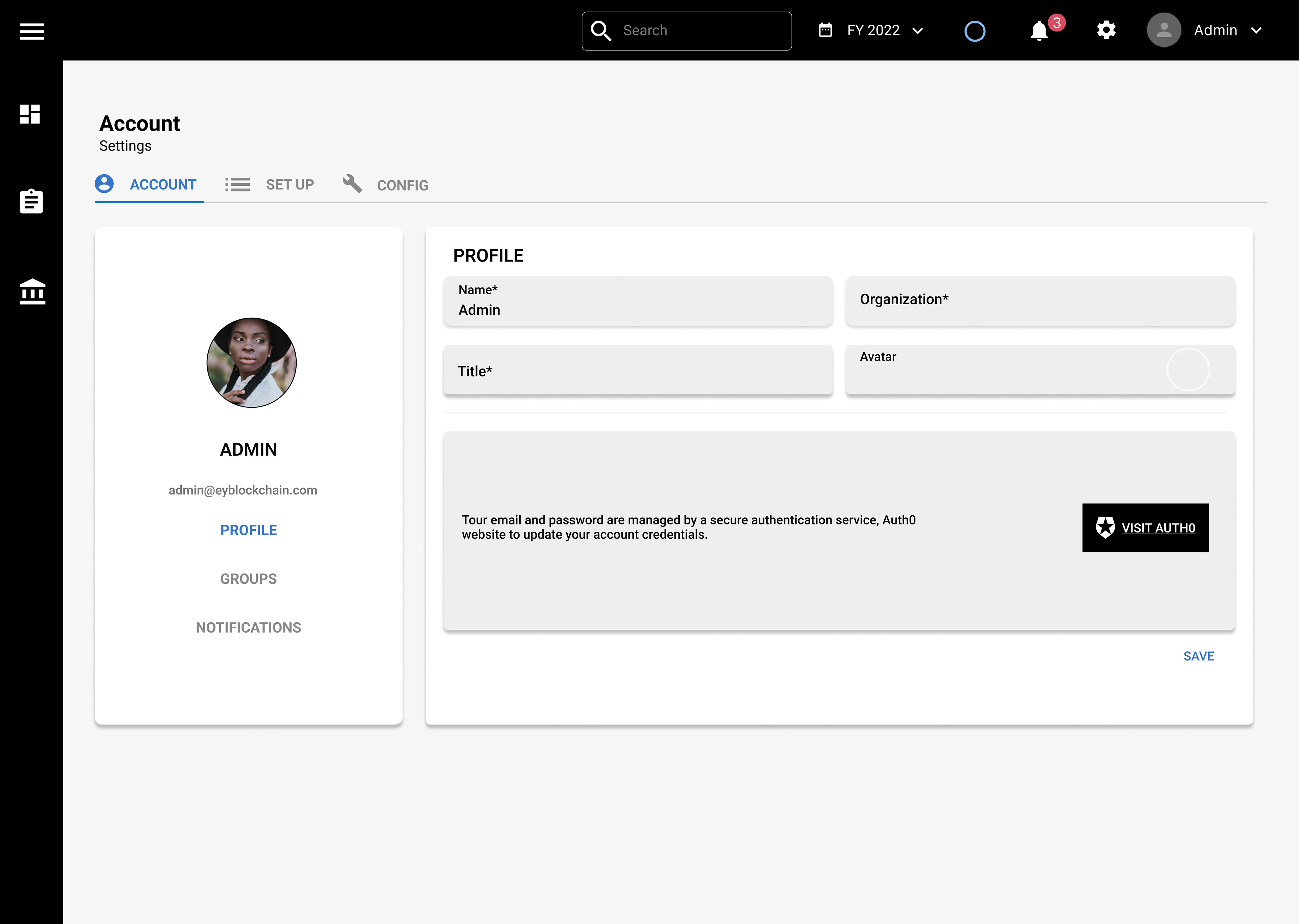
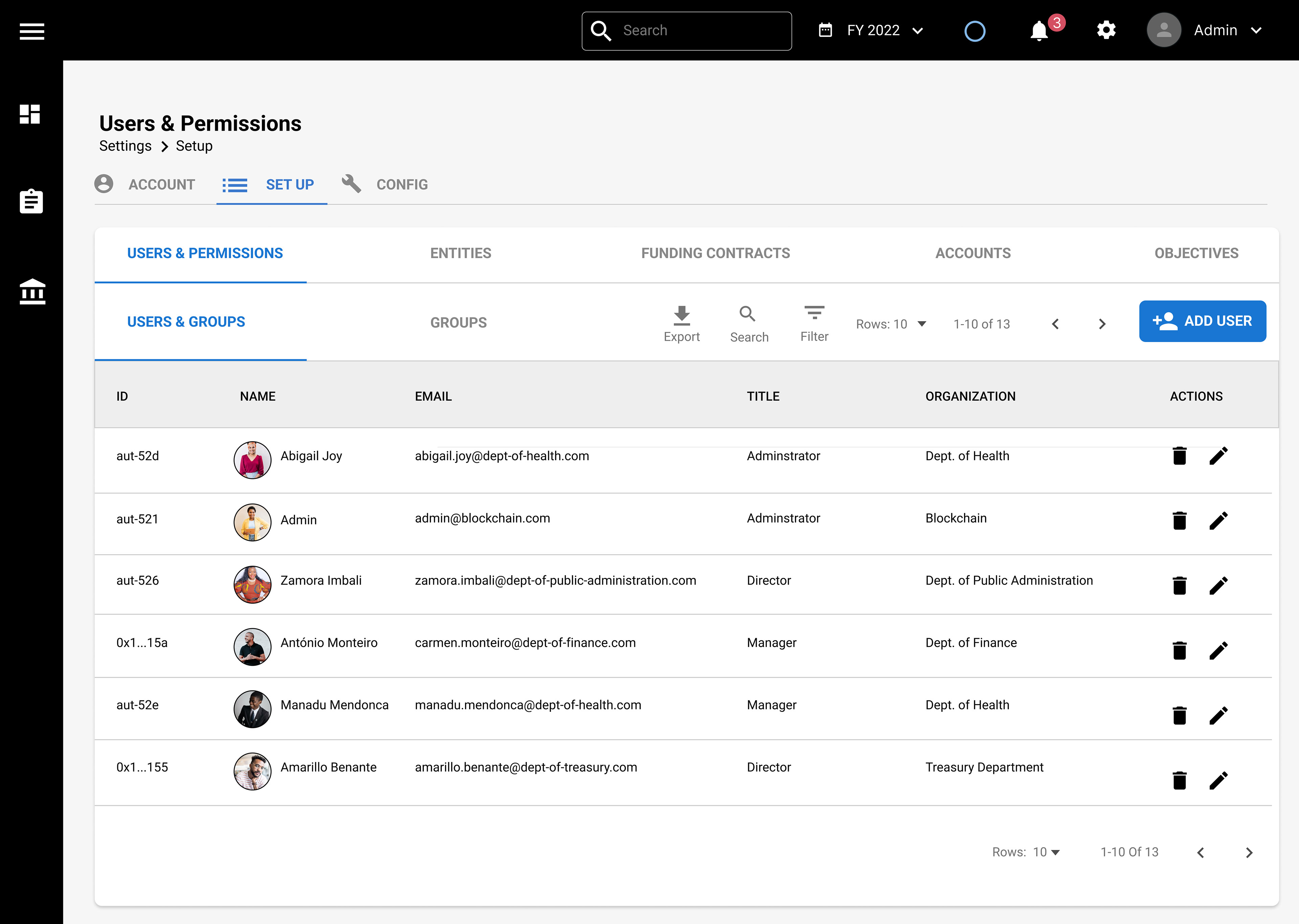
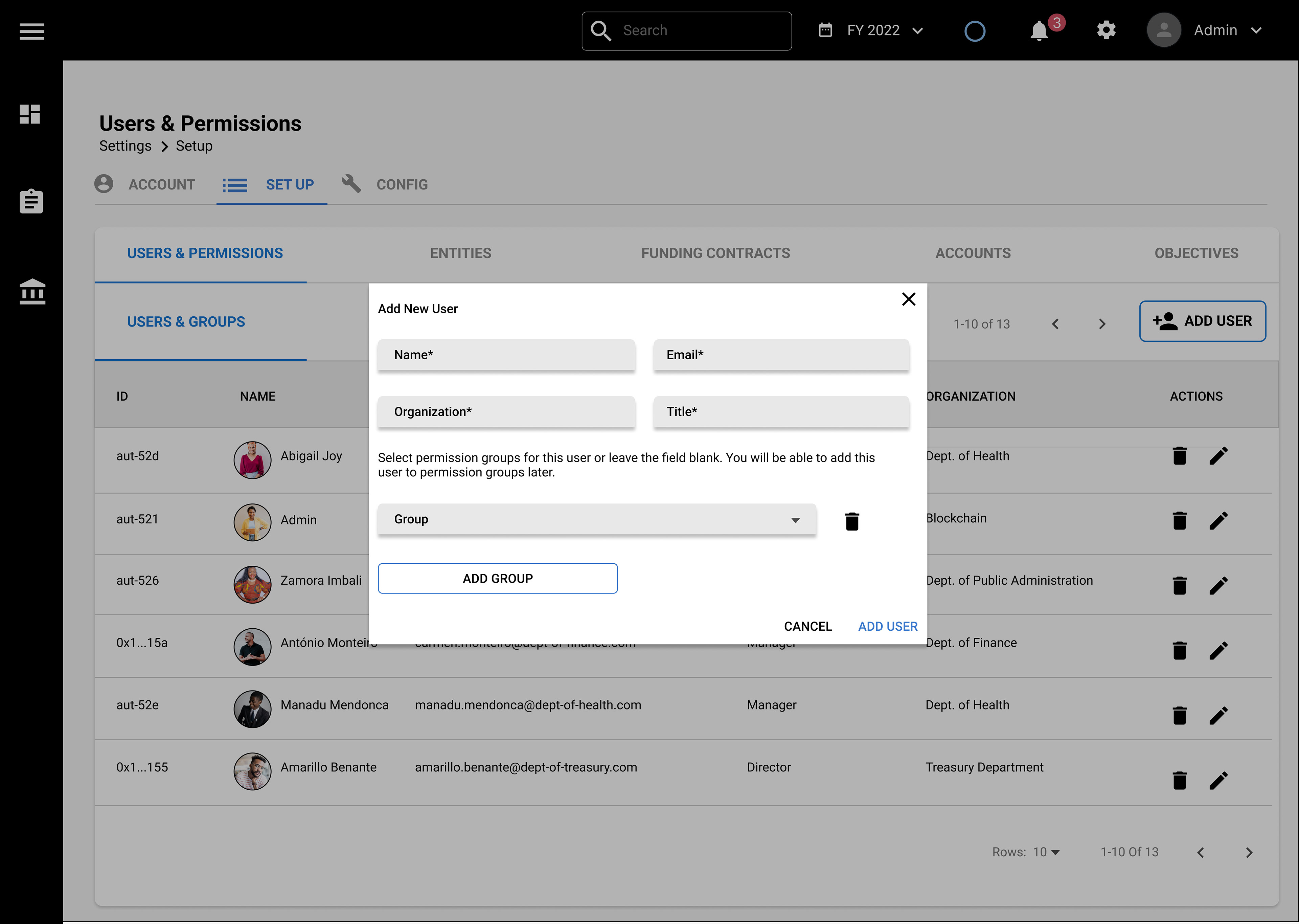
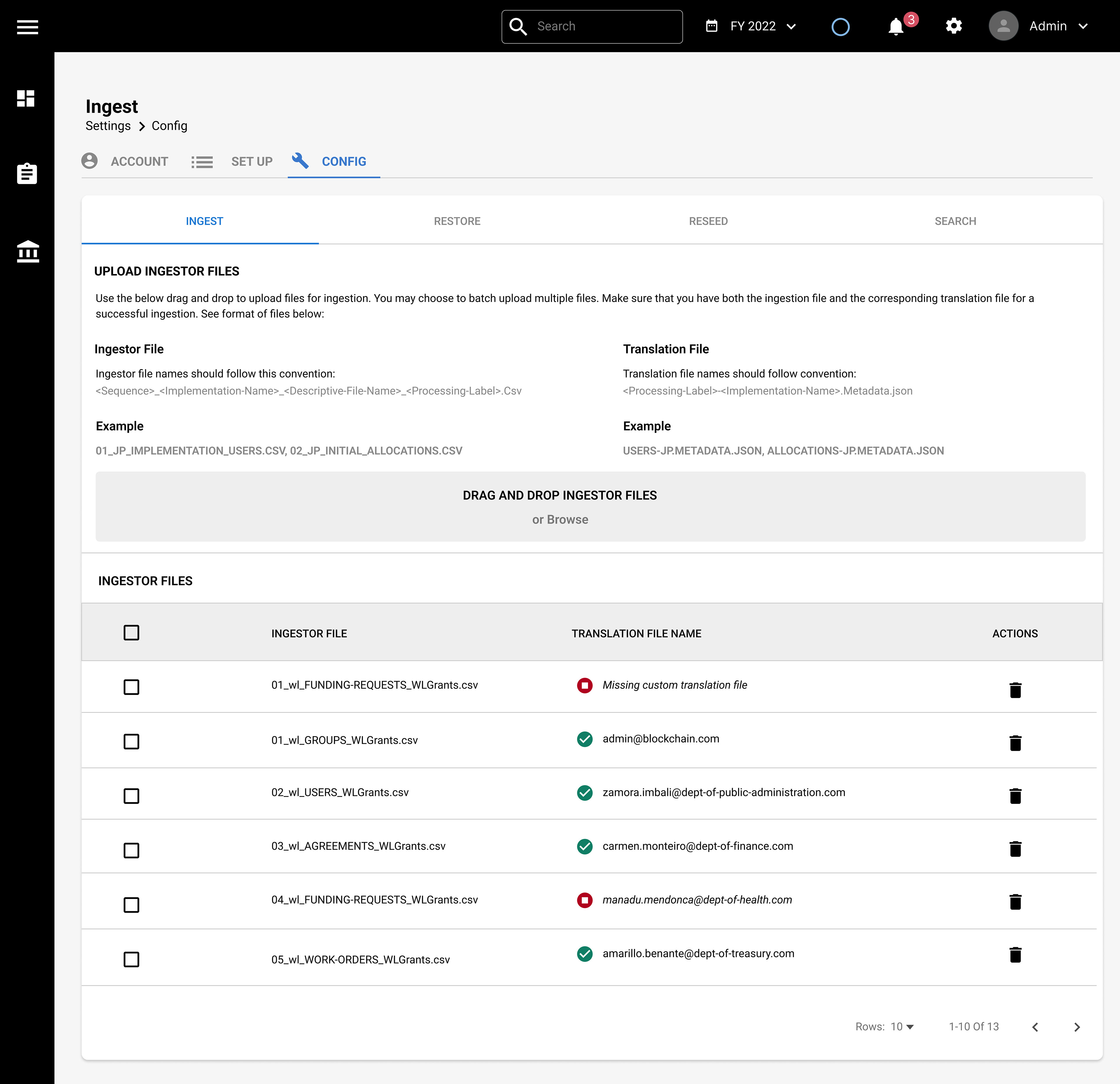
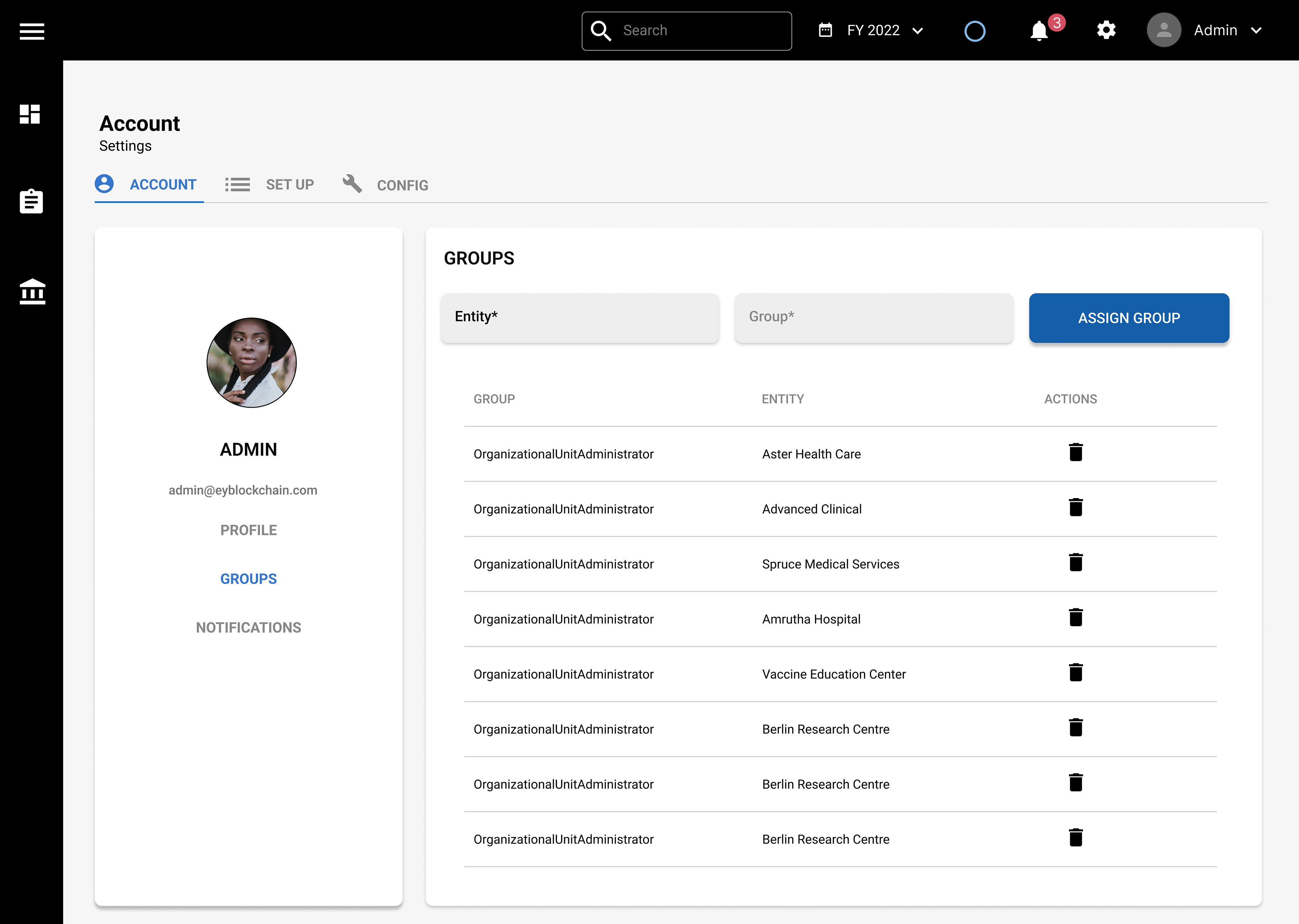
UX Content Design: Making Complex Financial Data Understandable
As part of this public finance reform initiative, I prioritized UX content design to ensure that every data point—no matter how complex—was explained in a way that non-technical government users could easily understand and act on.
Key contributions:
• Plain language copy: Rewrote dense financial terms and blockchain jargon into concise, user-friendly language. This was essential for finance officers and administrators who were not familiar with blockchain or technical systems.
• Contextual microcopy and tooltips: Embedded clear, purpose-driven microcopy within data visualizations and tables. For example, tooltips explained what “Authorized Payments” meant, how “Execution Rate” was calculated, and why discrepancies were flagged—making KPIs actionable.
• Onboarding content: Wrote inline guidance and onboarding prompts that clarified workflows such as verifying wage bill compliance or exporting quarterly reports.
• Tone and clarity: Maintained a neutral yet reassuring tone, balancing accountability and support—especially important in a system addressing fraud and systemic corruption.
• Localization-aware writing: Designed content structures to support future translation needs in Portuguese and French, ensuring scalability across regional governments.
This content-first approach directly contributed to the platform’s 90% satisfaction rate in usability testing and improved reporting accuracy by 40% by helping users better interpret and act on wage bill data.
Conclusion: Designing for Impact in Public Finance
As Head of Product Design, I led the creation of a user-friendly, secure, and scalable blockchain platform that addressed deep inefficiencies in Guinea-Bissau’s wage bill system. My goal was to design a solution tailored for the complexities of a fragile state—empowering government stakeholders with the tools they need to drive fiscal transparency and accountability.
Systemic Challenges Addressed
Government entities often store data in siloed systems, creating poor visibility into how public funds are allocated and spent. This results in:
• Delayed, inaccurate reporting
• High reconciliation costs
• Low trust in financial governance
How Blockchain Changed That
What is being spent?
Unified data access for the Ministry of Finance and Public Administration
✅ Outcome: A single version of truth—reducing reconciliation, reporting, and audit overhead.
✅ Outcome: A single version of truth—reducing reconciliation, reporting, and audit overhead.
When is it being spent?
Real-time tracking of wage bill disbursements throughout the fiscal year
✅ Outcome: Integrated financial + operational reporting to support data-driven decisions.
✅ Outcome: Integrated financial + operational reporting to support data-driven decisions.
What are the results?
Clear comparisons of expected vs. actual outcomes across departments
✅ Outcome: Governments can manage across silos with greater agility and lower risk.
✅ Outcome: Governments can manage across silos with greater agility and lower risk.
✅ Increased user comprehension and trust through plain language, contextual microcopy, and tooltips for complex financial metrics.
The solution delivered measurable impact across several key areas. Transparency improved significantly, with reconciliation time reduced by 30% through the use of a centralized dashboard. Usability testing showed a 90% satisfaction rate, with participants reporting that the new system was easier to navigate compared to previous processes. Efficiency gains were also notable—compliance report generation time was cut by 40% thanks to clearer workflows and intuitive design. Most importantly, the platform aligned closely with the priorities of both the IMF and the participating ministries, enabling smooth rollout and strong adoption at the government level.
The solution delivered measurable impact across several key areas. Transparency improved significantly, with reconciliation time reduced by 30% through the use of a centralized dashboard. Usability testing showed a 90% satisfaction rate, with participants reporting that the new system was easier to navigate compared to previous processes. Efficiency gains were also notable—compliance report generation time was cut by 40% thanks to clearer workflows and intuitive design. Most importantly, the platform aligned closely with the priorities of both the IMF and the participating ministries, enabling smooth rollout and strong adoption at the government level.
This project reinforced the role of design not just in improving interfaces—but in improving governance. Through research, collaboration, and ethical design choices, we built a system that helps restore trust in public institutions.
Updates on the wage bill
Want to work with me?
